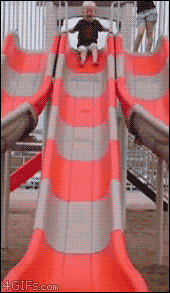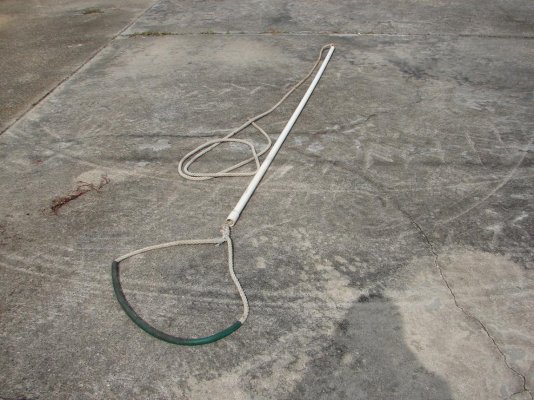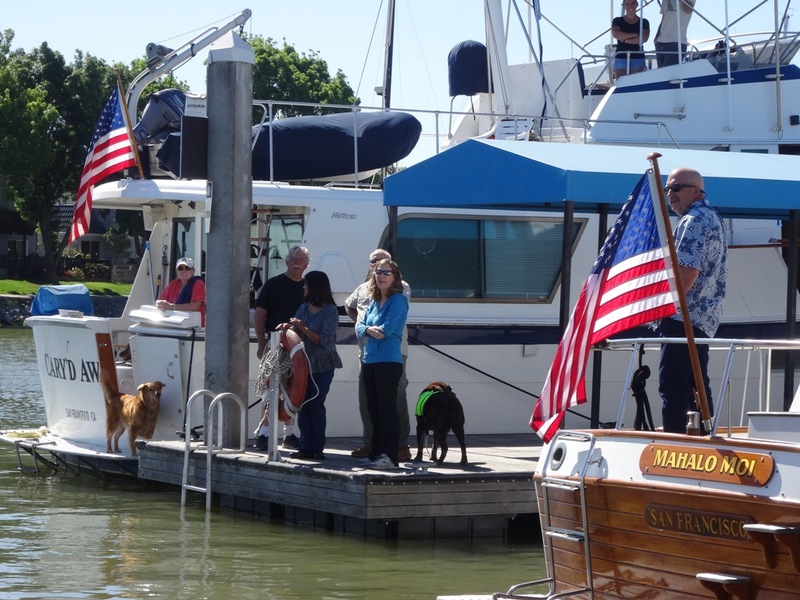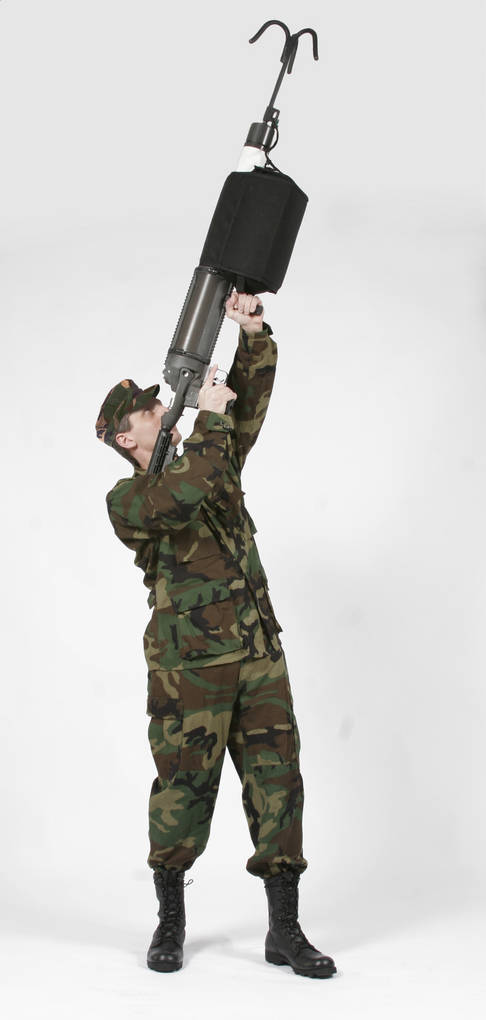rclarke246
Senior Member
- Joined
- Mar 17, 2014
- Messages
- 450
- Location
- USA
- Vessel Name
- Lady Di
- Vessel Make
- 2012 Beneteau Swift Trawler 44
We're learning about this important aspect of boating and offer the following:
Twin screws, bow thruster.
1) Establish good communication with crew. Radio headsets are great! No need for her to yell when she can cuss me out in a normal voice. Radios allow this.
2) When docking, I'm in neutral 80% of the time- offering only appropriate short bursts, much like a capsule in space.
3) No jumping onto dock. I get vessel close she get her secured. Fine tuning of the lines can happen later.
4) She gives specific instruction to "helpers" who may appear. They almost never listen, though.
5) Never get your hand or finger in the loop as it is dropped over the cleat! Her fingertip was 2/3 severed! She was distracted as the vessel was nearing the "end" of it's fixed spring line.
Twin screws, bow thruster.
1) Establish good communication with crew. Radio headsets are great! No need for her to yell when she can cuss me out in a normal voice. Radios allow this.
2) When docking, I'm in neutral 80% of the time- offering only appropriate short bursts, much like a capsule in space.
3) No jumping onto dock. I get vessel close she get her secured. Fine tuning of the lines can happen later.
4) She gives specific instruction to "helpers" who may appear. They almost never listen, though.
5) Never get your hand or finger in the loop as it is dropped over the cleat! Her fingertip was 2/3 severed! She was distracted as the vessel was nearing the "end" of it's fixed spring line.
Attachments
Last edited:






 Be careful though because of you don't read the instructions, you can easily hit the boat on the other side of the dock. Like don't read
Be careful though because of you don't read the instructions, you can easily hit the boat on the other side of the dock. Like don't read "Clear the range before firing" in the first post.
"Clear the range before firing" in the first post.

